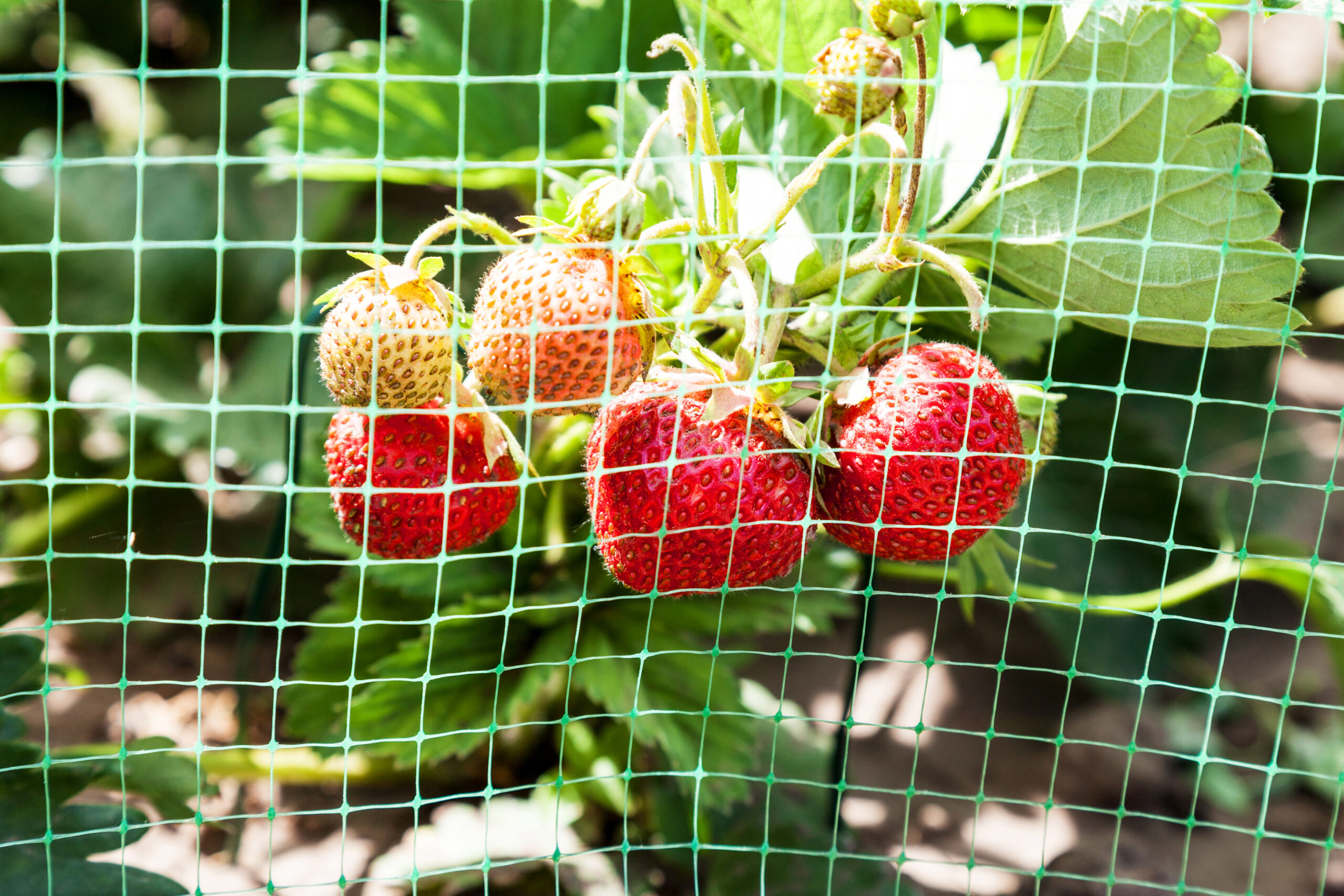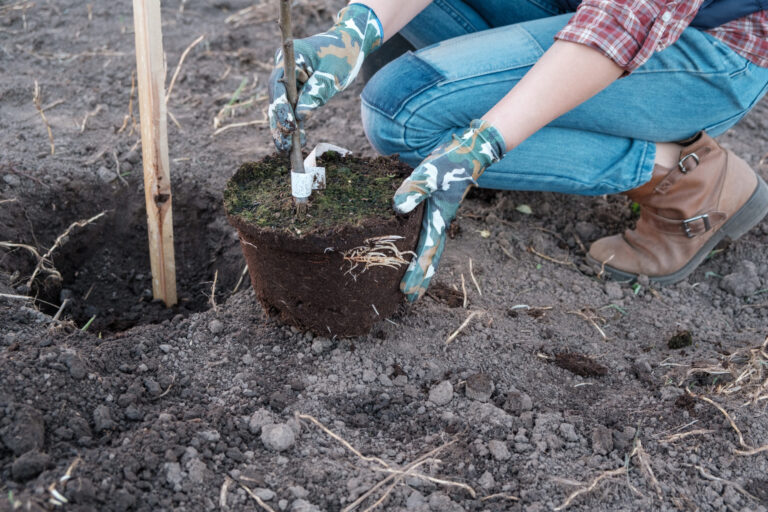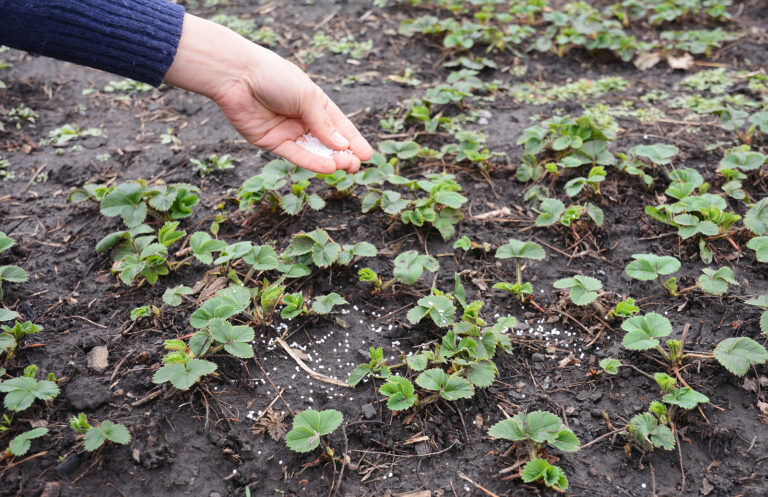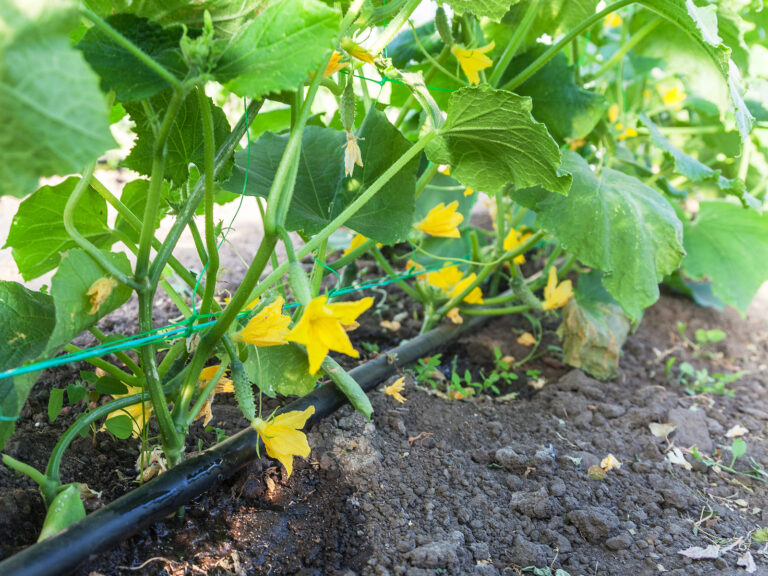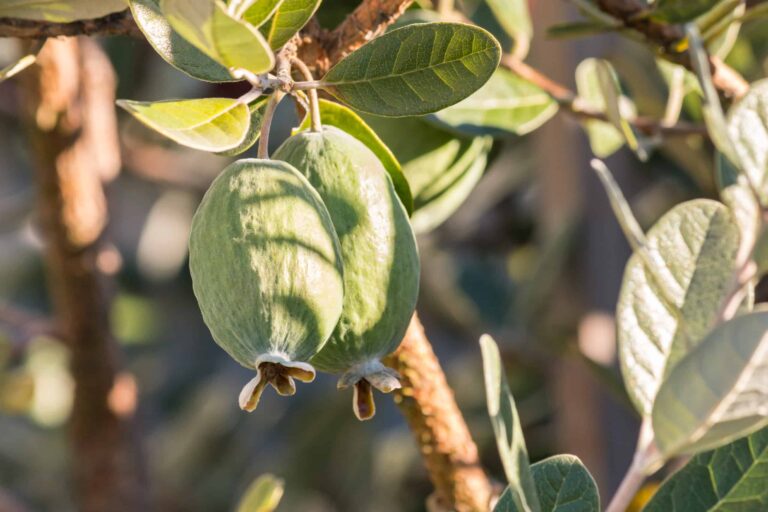Planning a Year-Round Strawberry Harvest
Strawberries are often the first fruit of spring, heralding the arrival of warmer weather with their sweet, juicy flavor. But did you know that strawberries can also be one of the last fruits harvested in autumn? In some climates, they even produce fruit during the winter months. With the right planning, you can enjoy fresh strawberries from early spring through late fall, and in some cases, even year-round.
To achieve a long strawberry harvest, it’s essential to plant a variety of cultivars that will produce fruit at different times of the year. By selecting a mix of early, mid-season, and late-season varieties, as well as everbearing and day-neutral types, you can ensure a continuous supply of fresh berries from your garden.
Strawberry Plant Longevity and Care
Strawberry plants are typically productive for two to three years, so it’s important to rotate your plants to maintain a steady harvest. For optimal production, plan to always have plants in their first, second, and third years of growth. Each year, replace your oldest plants—those that are in their third year—with new ones to keep your harvest abundant.
Strawberries propagate through runners, which are offshoots that grow from the main plant. These runners can be allowed to root in place, and then transplanted to spots where older plants have been removed or to fresh planting beds. Runners tend to be most prolific in June-bearing strawberries, followed by everbearing, and then day-neutral varieties. Alpine strawberries, a wild strawberry variety, do not produce runners but are prized for their sweet flavor.
To ensure you’re choosing the right plants for your needs, look for plant labels that detail important traits such as fruit size, firmness, and flavor intensity. Firmer varieties are especially good for freezing and preserving, while softer varieties may be better for fresh eating.
Types of Strawberries
There are four main types of garden strawberries: June-bearing, everbearing, day-neutral, and alpine. Each type has unique characteristics that will influence your harvest timeline and overall productivity.
June-bearing
June-bearing strawberries are the traditional variety most gardeners are familiar with. These plants produce a single, large crop in late spring or early summer, typically after one full growing season. There are early, mid-season, and late varieties within the June-bearing category, allowing you to stagger your harvests throughout the season. June-bearers are often considered the most productive and reliable option for gardeners seeking a bountiful spring harvest.
Everbearing
Everbearing strawberries are unique in that they produce two crops each year: one small crop in summer and a larger crop in fall. These plants typically start producing fruit the same year they’re planted, making them a great option for gardeners looking for quick results. Everbearers thrive in cooler late-summer climates, so they’re ideal for gardeners who live in regions with mild summers. In some cases, gardeners may treat them as annuals, planting them each year and harvesting fruit in both summer and fall.
Day-neutral
Day-neutral strawberries are the most versatile, as they can produce fruit throughout the growing season—from spring through fall. As long as temperatures stay between 35°F and 85°F, day-neutral varieties will continue to bear fruit. Some day-neutral strawberries can even produce berries in the winter, provided the temperature does not drop below freezing. These strawberries are typically ready to harvest about 12 weeks after planting. Many gardeners treat day-neutrals as annuals, replanting them each season to maintain a consistent harvest.
Alpine
Alpine strawberries are a smaller, wild variety of strawberry. While they offer an intensely sweet flavor, their production is limited compared to other varieties, and they do not produce runners. Though they are not as productive as June-bearing, everbearing, or day-neutral types, alpine strawberries are often grown for their exceptional taste and as an ornamental addition to the garden.
Choosing the Right Strawberry Varieties
With so many strawberry varieties to choose from, it’s important to select the ones that best meet your needs. Here are some suggestions for different growing goals:
- For early-season harvests: Choose early-season June-bearing varieties like ‘Earli-Dew’ or ‘Honeoye’ for a quick start to the season.
- For a steady summer crop: Everbearing varieties such as ‘Quinault’ or ‘Ozark Beauty’ will keep you stocked with berries throughout the warmer months.
- For a long harvest season: Day-neutral varieties like ‘Albion’ or ‘Seascape’ will continue to produce fruit well into fall and even winter in mild climates.
- For long-term storage and preserving: If you’re looking to preserve strawberries for winter use, consider firmer varieties such as ‘Allstar’ or ‘Earliglow,’ which are great for freezing and canning.
Pro Tips
By carefully planning your strawberry planting and selecting a variety of types to suit your climate and harvest preferences, you can enjoy fresh, homegrown strawberries throughout much of the year. Rotate your plants to maintain productivity, and take advantage of the different harvest schedules offered by June-bearing, everbearing, and day-neutral varieties. With a little care and attention, you’ll have a sweet, abundant strawberry harvest for many seasons to come.
Related Posts:
🌱 Getting Started with Strawberries
- How to Grow Strawberries: A Complete Guide From My Garden to Yours
- Strawberry Planting Calendar: What to Plant and When
- How to Plant and Grow Strawberries
- How to Plant Strawberries: Step-by-Step
- Indoor Strawberry Starts: How and When to Begin
- Best Climate and Site for Growing Strawberries
🍓 Choosing Strawberry Varieties
- Strawberries: June-bearing vs Ever-bearing vs Day-neutral Varieties — What’s Best for Your Garden
- Strawberry Varieties by Region: The Best Picks for U.S. Gardeners
- June-Bearing Strawberry Varieties: A Complete Growing Guide
- Guide to Alpine Strawberries: Tiny but Tasty
- Growing Strawberries in Hot Summer Regions Including Best Varieties
🪴 Growing Techniques & Care
- Watering, Feeding, and Caring for Strawberries the Right Way
- Container Growing Strawberries: Space Saving Tips
- Propagating Strawberries from Runners
- Strawberry Problems Solved: Common Pests and Diseases—and How I Handle Them
🌞🌨️ Growing by Climate & Season
- Growing Strawberries Year-Round in Warm Climates: A Gardener’s Guide
- Fall and Winter Strawberry Care: Cold Climate Tips for Healthy Spring Growth
- Planning a Year-Round Strawberry Harvest
🍽️ Harvest & Enjoy

